6. Kid Blue (1973)
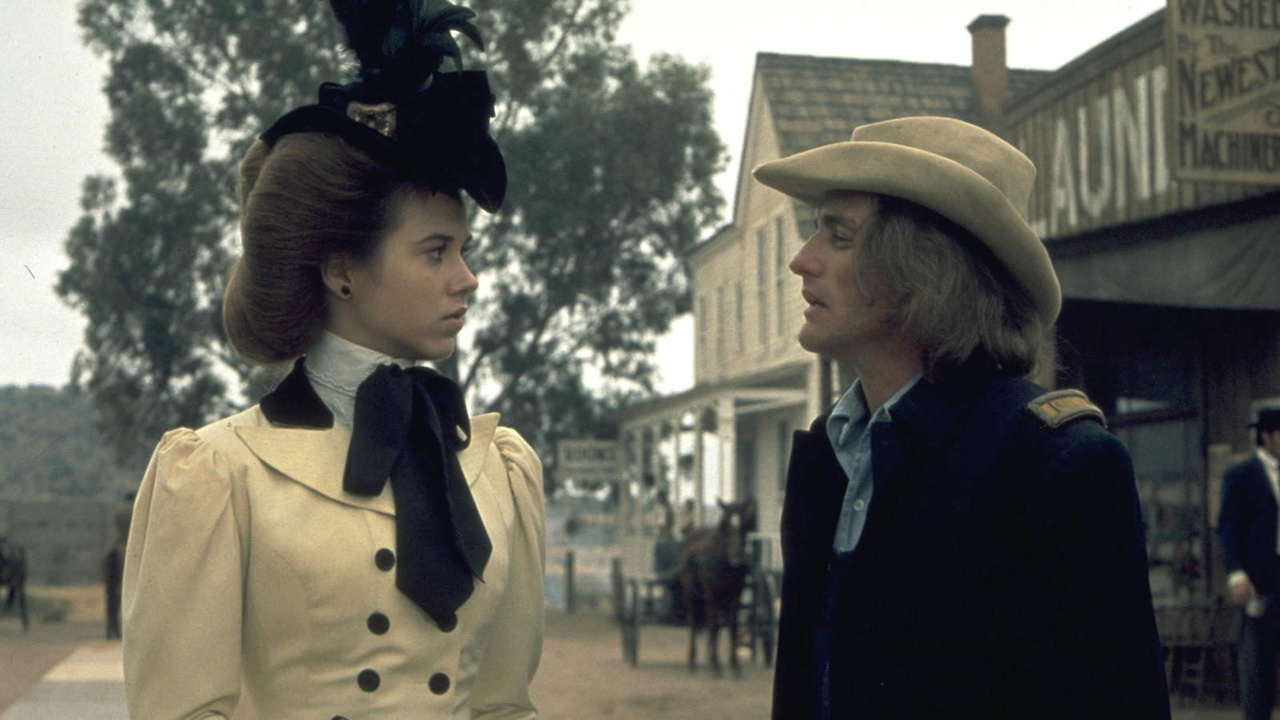
Kid Blue takes a darkly comic look at the Western hero myth through the story of a small-time outlaw who tries to escape his violent past and settle into respectability, but his efforts are constantly undermined by his reputation and the expectations of those around him.
Sure, we’ve heard it all before, but the film uses irony and humour to explore themes of identity, reinvention, and the contradictions at the heart of Western masculinity to great effect.
James Frawley’s film might well be an offbeat and somewhat uneven film, but its sharp critique of genre conventions sets it apart—helped hugely by terrific turns from Dennis Hopper and Warren Oates.
Kid Blue asks a simple question: Can a man ever truly leave his past behind, or is the myth always stronger than the man? Again, it’s not a new question posed by the genre, but Kid Blue’s strengths are sadly long forgotten.
The film’s dark humour cuts through traditional Western archetypes, exposing the absurdity of the outlaw ideal in a society that demands conformity. Its satirical tone is rare for the genre, which typically treats outlaw figures with reverence or tragedy, making Kid Blue a fascinating precursor to later revisionist Westerns that deconstruct genre tropes with irony and wit.
7. The Spikes Gang (1974)
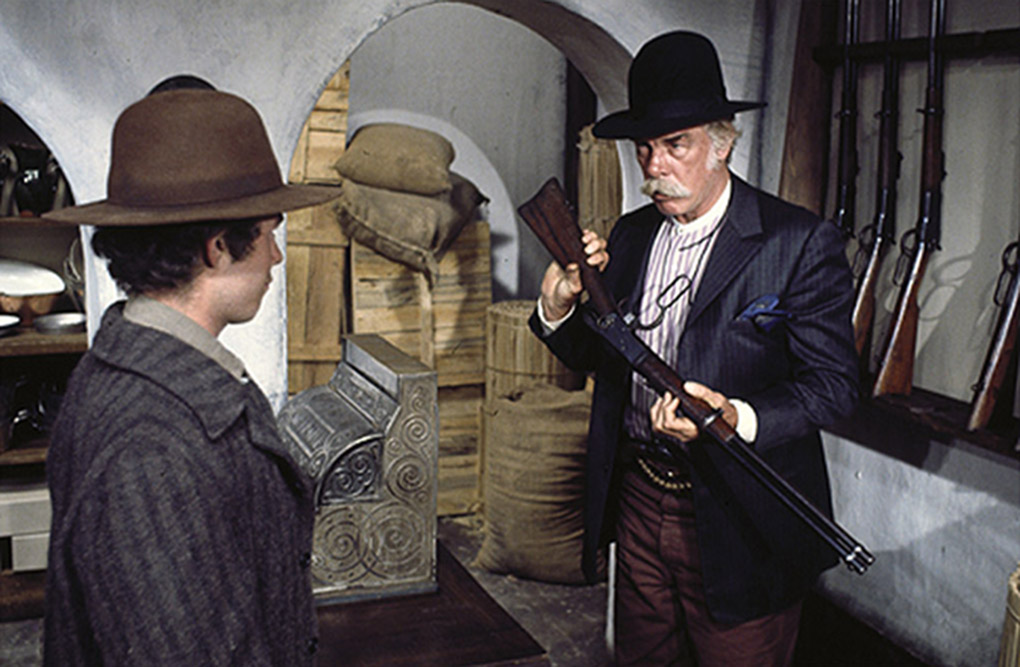
Richard Fleischer’s Western film tells the story of three young men who band together to live as outlaws in a world that’s rapidly leaving the Old West behind, as was an underlying theme of the decade.
In some ways, it’s a coming-of-age tale tinged with melancholy and nostalgia, exploring themes of friendship, loyalty, and the loss of innocence. The gang’s youthful optimism clashes with the harsh realities of a changing world, where violence no longer leads to freedom but to death or exile.
The Spikes Gang captures the twilight of the outlaw era with a bittersweet tone, showing how myth and reality collided in a time where the world as the characters knew it was coming to an end.
Fleischer’s film is suffused with a sense of inevitability—the youth’s dreams are doomed from the start. The dusty landscapes and fading towns create a visual metaphor for a disappearing way of life. The chemistry among the young leads brings an emotional resonance to their doomed camaraderie, highlighting how the promise of rebellion can often end in tragedy. This theme of lost innocence and the death of a mythic era is one that resonates deeply within the 1970s Western revival.
8. Keoma (1976)
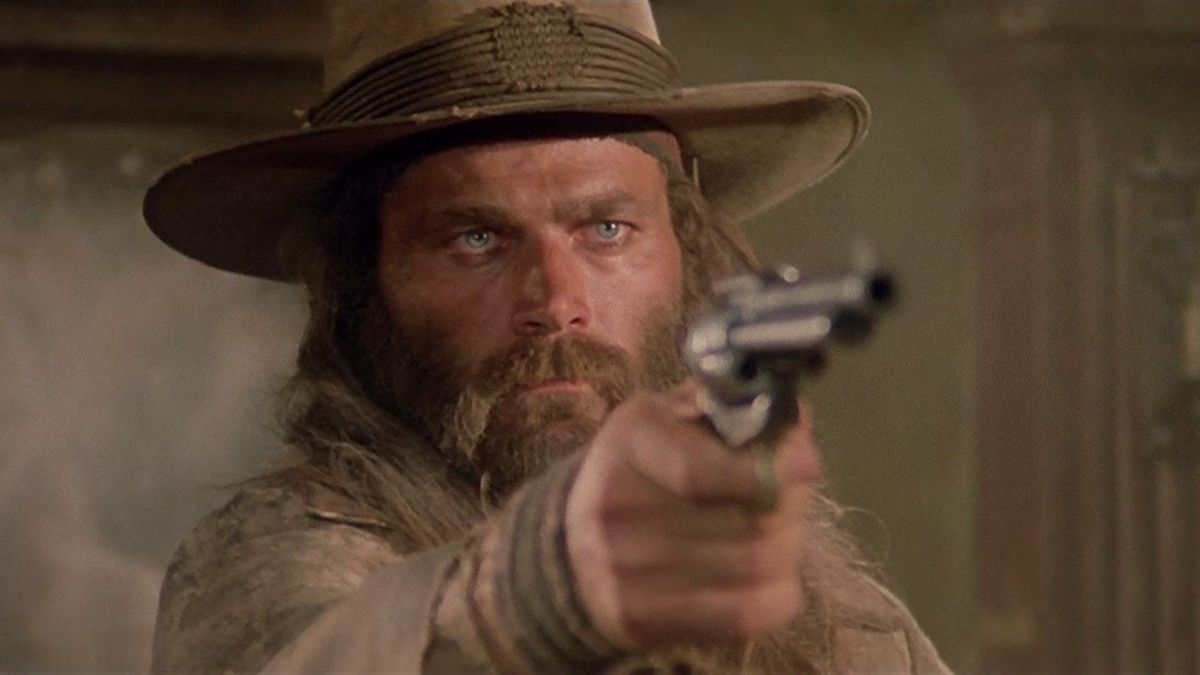
Keoma is a late spaghetti Western that blends the genre’s stylised violence with existential themes. The titular character (an excellent Franco Nero) is a half-Indian gunslinger, who returns to his hometown to find it overrun by corruption and cruelty.
Director Enzo G. Castellari provides us with a slow-burning, atmospheric piece on revenge, survival, and fatalism. Its gritty realism and dark mood set it apart from more bombastic spaghetti Westerns of the time; this is a genre piece that has been ripped to its bare bones—harsh, brutal, and haunted by the ghosts of violence past—and often discarded in favour of the bigger films of the era.
What distinguishes Keoma is its blending of traditional Western motifs with a brooding psychological depth. The protagonist’s internal conflict mirrors the external chaos, with haunting flashbacks and a moody score intensifying the film’s meditative tone. The film’s visual style—grainy, sun-bleached, and often stark—creates an oppressive atmosphere that lingers, making Keoma feel more like a philosophical journey than a simple revenge flick.
9. The White Buffalo (1977)
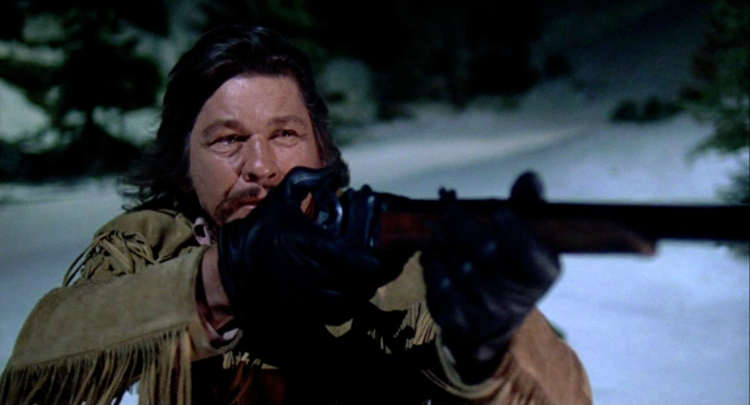
In The White Buffalo, Wild Bill becomes obsessed with hunting a mythical white buffalo, a symbol of destiny and madness. Charles Bronson takes on the role of the legend, and J. Lee Thompson’s film blends Western tropes with psychological thriller elements, exploring themes of obsession, identity, and the blurred boundaries between myth and reality.
It’s a strange and surreal film that pushes the genre into new territory, showing how legend can consume the man behind it. The haunting atmosphere and eerie narrative make The White Buffalo feel like a Western dream—or nightmare—that lingers long after it ends, supplemented by a terrific performance from Bronson, who is perfectly cast.
The film’s narrative is fragmented and surreal, blurring the line between reality and hallucination in a way that was unusual for Westerns of the time, and this dreamlike quality makes it less accessible but far more intriguing for those willing to engage with its themes. The symbolism of the white buffalo serves as a haunting metaphor for unattainable goals and the destructive power of obsession, adding a psychological complexity rarely seen in the genre.
10. China 9, Liberty 37 (1978)
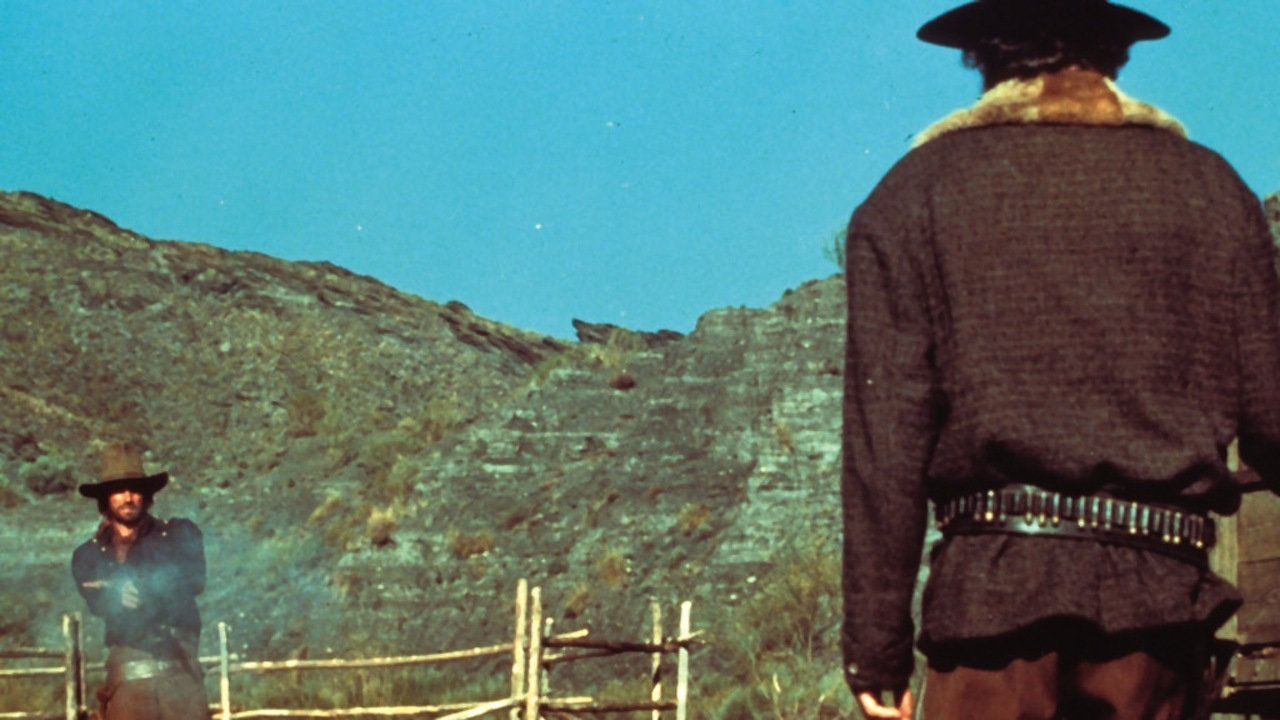
Monte Hellman’s surreal, unconventional spaghetti Western follows two gunmen caught in a violent struggle over gold—and a woman. Its dreamlike visuals and fragmented narrative offer a disorienting but compelling exploration of loyalty, betrayal, and moral ambiguity, making for a truly gripping film, still widely underseen today.
China 9, Liberty 37 fuses action with symbolism, creating a mood that is as unsettling as it is captivating. It’s a different, experimental take on the Western that stands out for its artistic risks and thematic complexity, and once again is a film that was left somewhat by the wayside; t’s a real shame because Hellman takes risks that generally pay off—and the ambition shown here was worth the admission price alone.
The film’s storytelling and sparse dialogue demand patience, but they reward viewers with moments of profound visual poetry. Hellman uses the desert landscape as a canvas for existential questions about trust, survival, and the elusive nature of freedom, a topic that permeates many films of the genre. This all makes China 9, Liberty 37 a unique entry in the spaghetti Western canon—part film noir, part Western, all mood, and one that needs a reassessment.